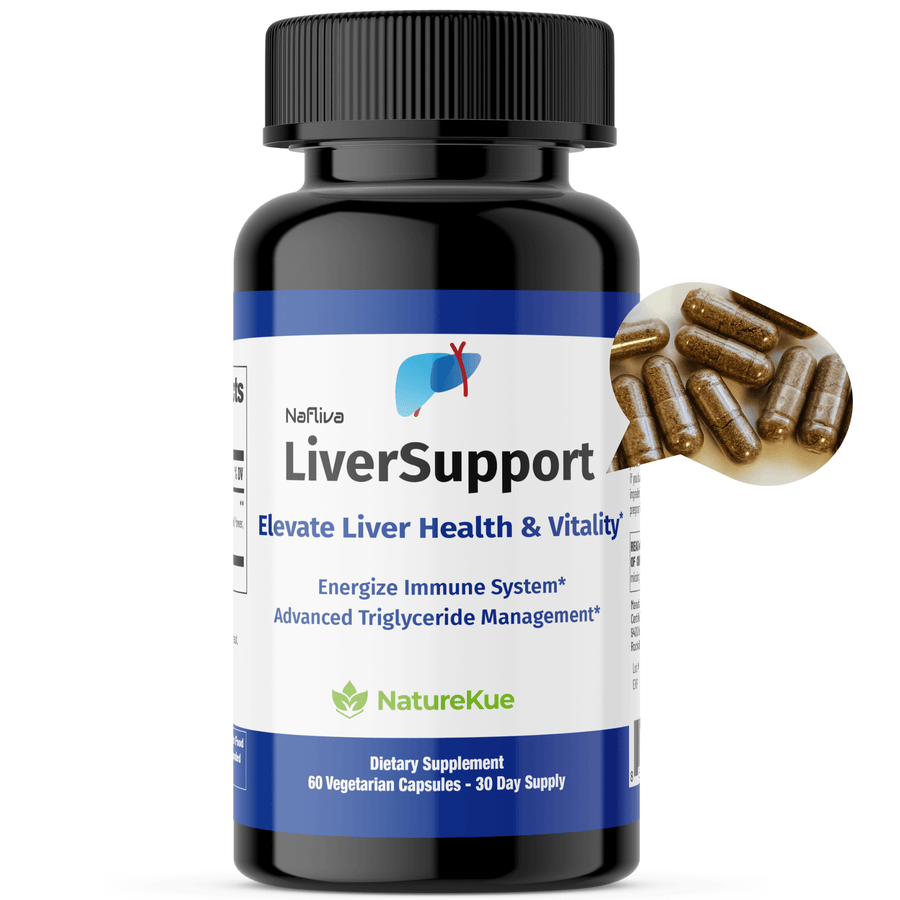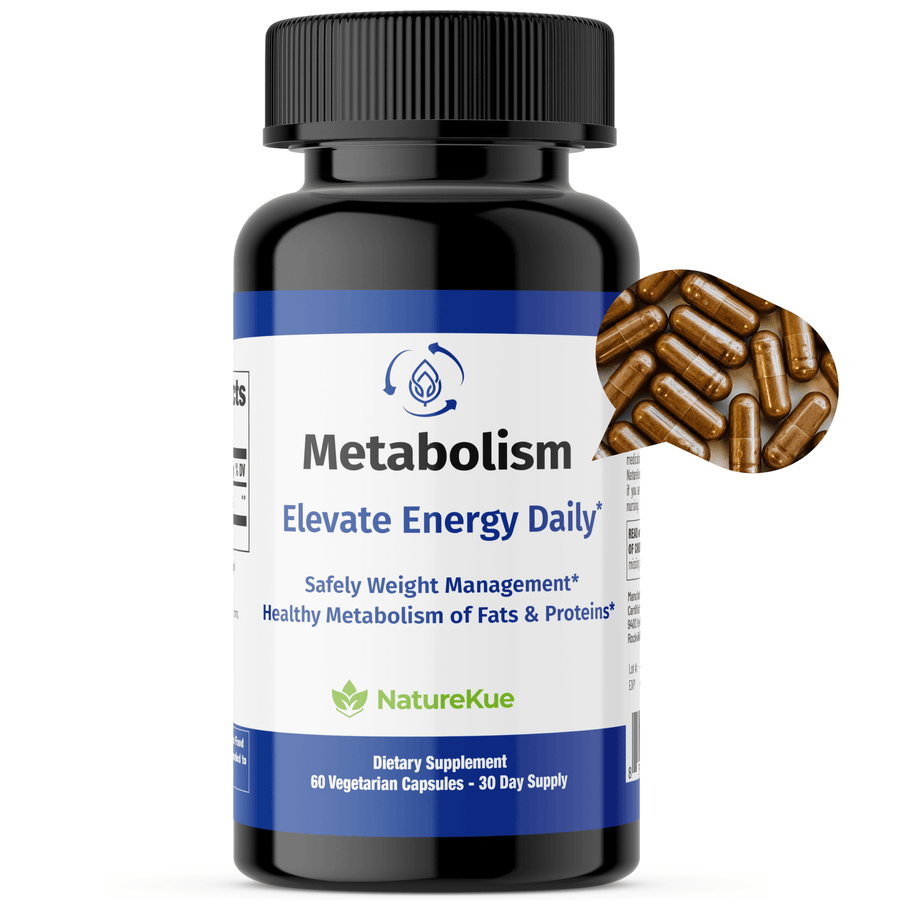Top 8 Summer Vegetables for Healthy Living
Author: Caroline Wang, Shuhua Castaldi
Summer is a great time for getting outside in the sun, enjoying the warmth, and eating! Fresh vegetables plucked from the garden, prepped, and eaten hours (or minutes!) later is not only delicious, but also an excellent way to get essential nutrients and enzymes. Here’s a list of 8 great summer vegetables to add to your table.
(If any of these are not in your garden, check the local farmer’s market, take a road trip to a nearby farm, or simply visit your local grocery to enjoy these flavors of summer…)
Avocado
Ok, you can argue it’s a type of fruit, but more importantly, it’s delicious. (let’s get this out of the way early, a lot of commonly thought of vegetables are really fruits. You know tomatoes and cucumbers are. But did you also know so are corn and red peppers? Moving on…) Avocado is a great source of good, plant-based protein, omega-3 fatty acids, vitamins C, E, and K as well as B vitamins. It’s also a great source of iron, magnesium, and potassium. Use it as the base for your guacamole, or slice it for a quick, nutritious snack.
Sweet Corn
It makes a great side at a barbeque or simply to add a savory sweetness to a meal. With corn, you get protein, fatty acids along with B vitamins, especially folate, and minerals like magnesium, phosphorus, and manganese. It’s also yellow, which means it has carotenoid antioxidants, specifically lutein and zeaxanthin which help protect your eyes from the sun.
Cucumbers
With a glycemic load of 1 (you want to try to keep your total glycemic load under 100 daily), cucumbers make a refreshing and healthy snack. Sure, this member of the squash family may be mostly water, but it’s a great way to stay hydrated and get vitamin C and fiber. Cucumber is also a source of silica, a micronutrient needed for healthy joints and skin. Just make sure to eat cucumber with its skin to get the added benefits of minerals like potassium and phosphorus that reside there.
Eggplant
You can do a lot with eggplant. You can bake it or grill it or try it in Italian, Mediterranean or Asian cuisines and more. You’ll get B vitamins, vitamin K and a variety of essential minerals. And with its purple skin (though you can find varieties in just about every color), it offers an excellent source of antioxidants.
Green Beans
Here’s another vegetable that’s a strong source of amino acids in addition to vitamins and minerals. Green beans can be prepared in a lot of ways. Grill them lightly with oil. Blanche them and eat them crunchy. Chop them up, Sautee them and mix them in with eggs for a healthy breakfast. However, you enjoy them, you’ll also be eating a great source of folate, vitamins A, C and K and a wide range of minerals including iron, magnesium, and zinc.
Red Peppers
One cup of red pepper supplies nearly a full RDA of vitamin A and more than 300% of vitamin C! It’s also a great source of the antioxidant vitamin E and B vitamins. Like tomatoes, red peppers contain lycopene, the plant chemical that gives it the red color and which has been shown to act as a powerful antioxidant. Research suggests red peppers even boost your metabolism.[i]
Tomatoes
Could it possibly be summer without tomatoes? Well, if you don’t like tomatoes perhaps, but if you haven’t tried one in a while, maybe it’s worth another look! Tomatoes are an excellent source of lycopene and vitamins A and C. They also contain lutein and zeaxanthin which with vitamin A makes them an excellent way to protect your eyes. Plus, they can be prepared in so many ways (or eaten raw) there’s sure to be a recipe that will match every palate.
Zucchini
This summer squash is loaded with B vitamins and vitamin C, and minerals, plus amino acids, omega-3 fatty acids, fiber, and protein. Enjoy it grilled and lightly drizzled with olive oil or slice it thin and add to a salad. However, you prepare it, enjoy zucchini and every other vegetable on this list all summer long!
References:
1. [Nutrition information from SELFNutritionData. Ludy M-J, Mattes RD. The effects of hedonically acceptable red pepper doses on thermogenesis and appetite.Physiology & behavior. 2011;102(3-4):251-258. doi:10.1016/j.physbeh.2010.11.018.




